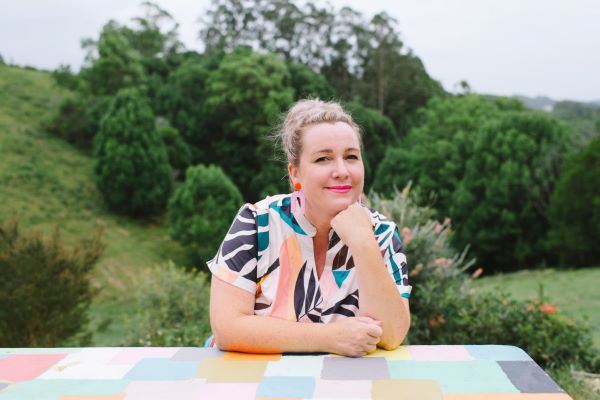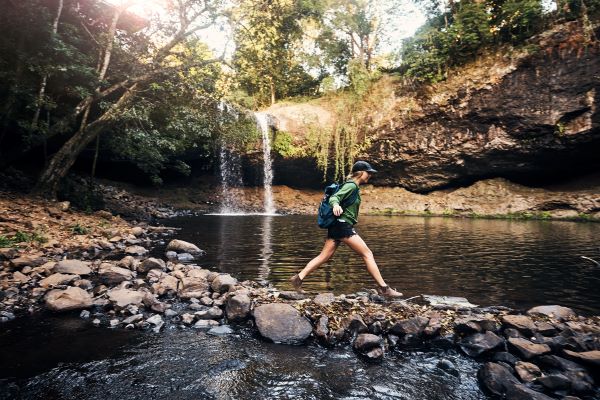sustainable cities and communities
why we do this
|
|
Housing affordabilityIncreasing property prices and rising rents reduce financial security in retirement, particularly for low and middle income earners. This is a challenge for older single women, in particular, who are more than three times as likely to be renting at retirement age than married women.1 As investors, we understand that a strong supply of well located, affordable housing can have positive impacts across the economy, improving workforce participation.
Protecting cultural heritageCompanies have a responsibility to protect the cultural heritage of the communities that are impacted by company operations. Destruction of cultural heritage can have not only an irreversible impact on communities, but it can also result in significant financial costs, representing a material investment risk. 1 Wood D, Coates B, Duckett S, Hunter J, Terrill M, Wood T & Emslie O - Grattan Institute, Orange Book 2022, Policy priorities for the federal government (Feb 2022). |
|
how we do this
|
|
We seek to invest in opportunities that allow us to deliver strong long-term financial returns to our members while helping to address the supply of affordable, social and disability housing. We engage with policy makers to reduce barriers for super funds to invest in innovative housing solutions. We use the responsible investment tools of active ownership, advocacy and collaboration to protect the cultural heritage of First Nations communities and reduce risks for investors that result from companies failing to protect cultural heritage. |
|
Why Indigenous rights and cultural heritage are important
Our vision is for a respectful, confident and equitable Australia.
At HESTA, we think and act holistically about how to achieve strong, long-term investment returns while contributing to a healthier society for our members to retire into. A key part of this is considering whether the companies we invest in have strong and respectful relationships with their stakeholders. This is essential to realising long-term company value.
Yet in May 2020, one our investee companies – Rio Tinto – destroyed 46 000-year-old culturally significant caves at Juukan Gorge in the Pilbara region of Western Australia and with them, the trust with First Nations People around Australia. The destruction of the sites represented a failure to respect the rights of First Peoples and protect cultural heritage of immense significance to the local PKKP people and all Australians.
The cost to investors
The destruction of the caves illustrated how a company’s failures can damage their reputation and community acceptance. When a company’s social licence to operate is damaged like this, it’s shareholders that pay the long-term cost. And that can negatively impact the value of our members’ investments, and, ultimately, their retirement outcomes.
In the case of Rio Tinto in particular, the cost may include:
- possible delays in permitting
- potential reparations and a moratorium on mining in the local area
- a lack of trust from Traditional Owners and reticence to engage in future agreements
- Board and management time and resources spent responding to the fallout of the company’s actions, and
- the resource-intensive road ahead to rebuild reputation.
It’s clear to us at HESTA that relationships between Rio Tinto and the Traditional Owners cannot be rebuilt if priorities, aspirations and perspectives of Traditional Owners are not heard.
The true scope of the issue – not just Rio Tinto
Following the destruction of the caves, we undertook a series of meetings with Rio Tinto.
One of our central asks of Rio Tinto, is for them report to investors how they are progressing in their commitments to rebuild relationships from the perspective of Traditional Owners. Rio Tinto has recently released the first iteration of this report. While the transparency is promising, the Traditional Owner groups who provided feedback are clear there is a long way to go to restore trust.
However, our work on this has not only focused on Rio Tinto.
What was particularly shocking about the Juukan Gorge incident was that not only were Rio Tinto considered leaders in this area, but that the destruction of the caves was technically legal.
This suggested to us the risks posed to investors were not specific to Rio Tinto but systemic in nature. This means the potential risk to super fund members’ retirement outcomes is widespread and significant.
Our concerns about the systemic nature of these risks were validated by the findings of the Parliamentary Inquiry’s December 2020 interim report into the destruction of the caves at Juukan Gorge.
To properly address these risks, we need change, not only at Rio Tinto, but throughout the mining sector and at a legislative and a regulatory level. This requires a multi-faceted approach.
Encouraging change
To address broader mining sector risks, we have written to and met with many investee companies to learn about their approaches and to communicate our expectations of how they should partner sustainably with Indigenous communities.
After this series of meetings, we compiled examples of good practices and shared them publicly. Traditionally, investors have relied on company disclosures and meetings to understand and assess how well they are managing systemic risk and their own social license. However, the shocking events at Juukan Gorge showed significant gaps between public commitments and operational reality.
To gain a better perspective on sector risks we have built relationships with Traditional Owners, their representatives, and Indigenous peak bodies. Their generous sharing of their perspectives was essential to us gaining a better understanding of what was happening on-the-ground.
We’ve also been strongly encouraged mining companies to adopt and promote a culture of considering whether they ‘should’ do something rather than whether they ‘can’ do something. As what’s currently legal may not be right as the law in many cases hasn’t kept up with community expectations.
Cultural heritage law reform as core part of our work in this area. That’s why we’re also advocating to improving important legal protections ensure that laws and practices can better adapt to changing community expectations. We have provided numerous submissions to the Parliamentary Inquiry and State consultations on this topic and supporting standards that peak Indigenous advisory bodies have called for.
On occasions where companies make decisions and discover a gap between the letter of the law and community expectations, it’s investors such as HESTA who bear the costs, which ultimately results in lower returns for our members.
How does HESTA see a better future?
As investors, we want to strengthen company accountability and encourage investee companies to build trust with Traditional Owners. We need companies, including Boards, to build trust with the communities whose land they operate on or near and we need them to find a way to honestly disclose their progress to investors.
We want legislation that better protects Traditional Owners and their heritage. If there’s a breakdown of communication or standards by a company, legislation must act as a safety net for communities. The trust of traditional owners is essential in the mining sector, to ensure the long-term investment value on which our members’ retirement outcomes depend.
learn more about super with impact™

Facing the future with confidence
We use our deep understanding of our members to design information, tools and support to make a meaningful impact on their confidence about the future.
Facing the future with confidence >
Gutsy advocate for a fair and healthy community
We use our collective voice to help address inequities impacting our members and those we see falling behind.
Investment excellence with impact
We use our expertise and influence to deliver strong long-term returns while accelerating our contribution to a more sustainable world.
Investment excellence with impact >
*

